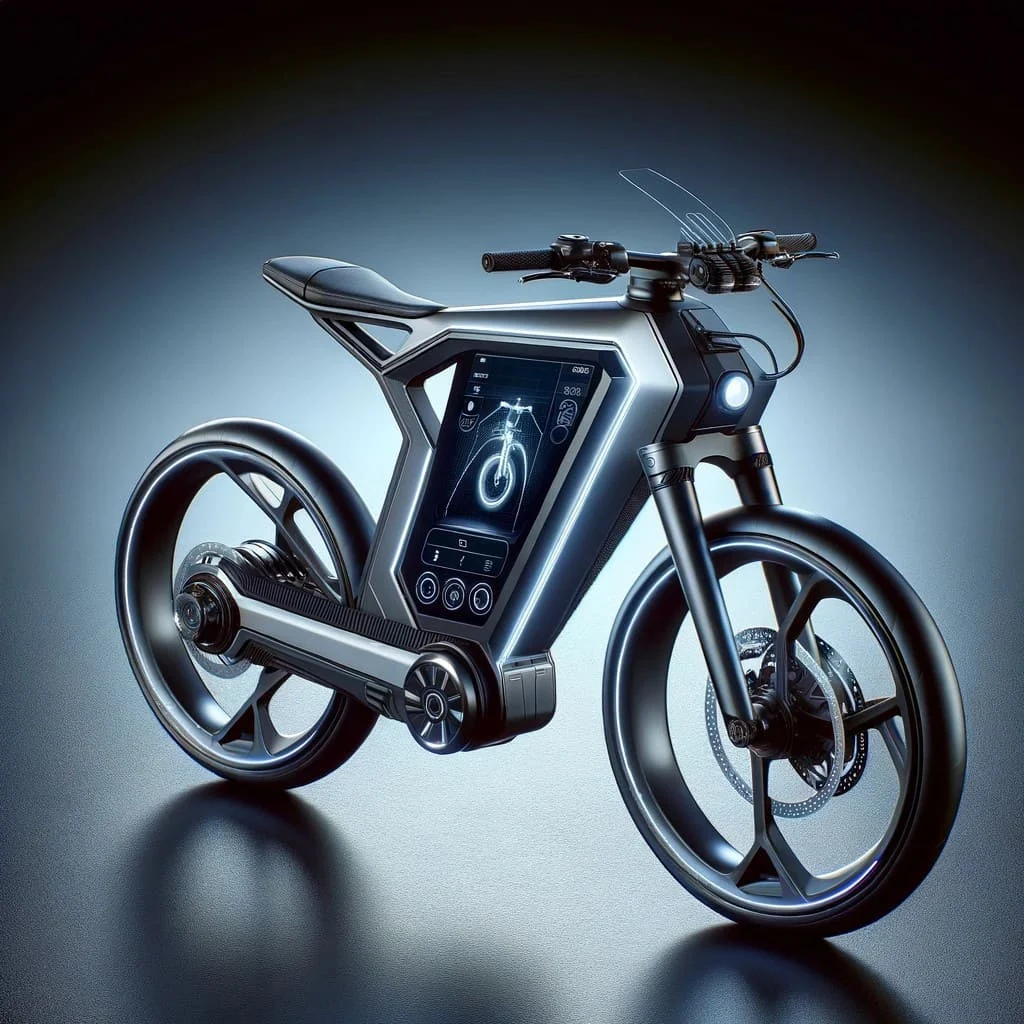In recent years, electric bikes (e-bikes) have surged in popularity, offering an eco-friendly, efficient, and exciting way to travel. Legal electric bikes, those that comply with road regulations, represent a significant step forward in urban mobility, marrying technology with sustainability.
Understanding Legal Electric Bikes
A legal electric bike is defined by specific criteria varying by region. In general, these bikes have a motor that assists the rider's pedal power and are limited in speed to comply with local regulations. For instance, in the European Union, e-bikes are limited to 25 km/h (15.5 mph) and a motor output of 250 watts. The US has a more complex classification system, with varying speed and power limits.
Why Choose an Electric Bike?
E-bikes offer numerous advantages over traditional bicycles and even motor vehicles:
- Eco-Friendly: E-bikes emit no pollutants, contributing to cleaner air and a healthier environment.
- Efficiency: With assisted pedaling, e-bikes make it easier to navigate hills and long distances, making them ideal for commuting.
- Accessibility: They open up cycling to a broader range of people, including those who may find traditional cycling physically challenging.
- Cost-Effective: E-bikes are cheaper to maintain than cars and require no fuel, parking fees, or high insurance costs.
Safety and Legal Compliance
Safety is paramount when it comes to e-bikes. Legal electric bikes often come equipped with advanced features like automatic braking, collision detection sensors, and efficient lighting systems. Adhering to legal standards ensures that these bikes are safe not only for the riders but also for other road users.
The Latest in E-Bike Technology
Today's legal electric bikes are marvels of technology. They feature lightweight, durable materials, digital dashboards with touch screen controls, and GPS navigation. Some models even offer smartphone integration, allowing riders to track their journeys and monitor their bike's performance.
Choosing the Right E-Bike
When selecting an e-bike, consider:
- Purpose: Are you commuting, mountain biking, or leisure riding?
- Battery Life: Ensure the range meets your daily travel needs.
- Comfort: Test various models to find the right fit and feel.
- Local Laws: Familiarize yourself with local regulations regarding e-bike use.
The Future of Urban Mobility
As cities become more congested and the world grapples with environmental challenges, legal electric bikes stand at the forefront of a transportation revolution. They offer a sustainable, efficient, and enjoyable way to travel, reflecting a growing awareness of the need for green transport solutions.
Conclusion
Legal electric bikes are not just a trend; they are a key component of future urban mobility. By embracing this technology, we are taking a significant step towards more sustainable, efficient, and inclusive transportation systems. As these bikes continue to evolve, they promise to reshape our cities and our approach to daily commuting.
FAQ: Legal Electric Bikes
1. What is a legal electric bike?
- A legal electric bike is an electric bicycle that conforms to specific regulations set by local or national authorities. These regulations often pertain to the bike's motor power, speed limits, and necessary safety features.
2. How fast can a legal electric bike go?
- The maximum speed of a legal electric bike varies by region. In the EU, it's typically limited to 25 km/h (15.5 mph), while in the US, the limits can vary but generally do not exceed 32 km/h (20 mph) for the basic class of e-bikes.
3. Do I need a license to ride an electric bike?
- This depends on your location. In many areas, no license is required for electric bikes that meet the criteria for bicycles. However, higher-powered e-bikes might require a license. Always check local regulations.
4. Are helmets required when riding an electric bike?
- Helmet requirements vary by region and the type of e-bike. It's always advisable to wear a helmet for safety, regardless of the law.
5. Can electric bikes be used on bike paths and trails?
- Legal electric bikes can usually be used on bike paths and trails where regular bicycles are allowed. However, some areas may have restrictions, so it's important to check local rules.
6. How do I know if an electric bike is legal in my area?
- Check with your local transportation or motor vehicle department for the specific regulations regarding electric bikes in your area.
7. What are the key features of a legal electric bike?
- Key features typically include a motor that assists up to a certain speed, pedal activation, a maximum power output, and compliance with safety standards like lighting and brakes.
8. Do electric bikes need to be registered?
- In most places, legal electric bikes do not require registration like a motor vehicle. However, this can vary, so it's best to check local laws.
9. What's the difference between a pedal-assist and a throttle-based electric bike?
- Pedal-assist e-bikes provide power only when you are pedaling, while throttle-based e-bikes can provide power without pedaling, similar to a motorcycle. Legal classifications for these types may differ.
10. Can I modify my electric bike to make it faster?
- Modifying an electric bike to exceed legal speed or power limits can make it illegal and unsafe. Such modifications can also void warranties and violate local laws.

